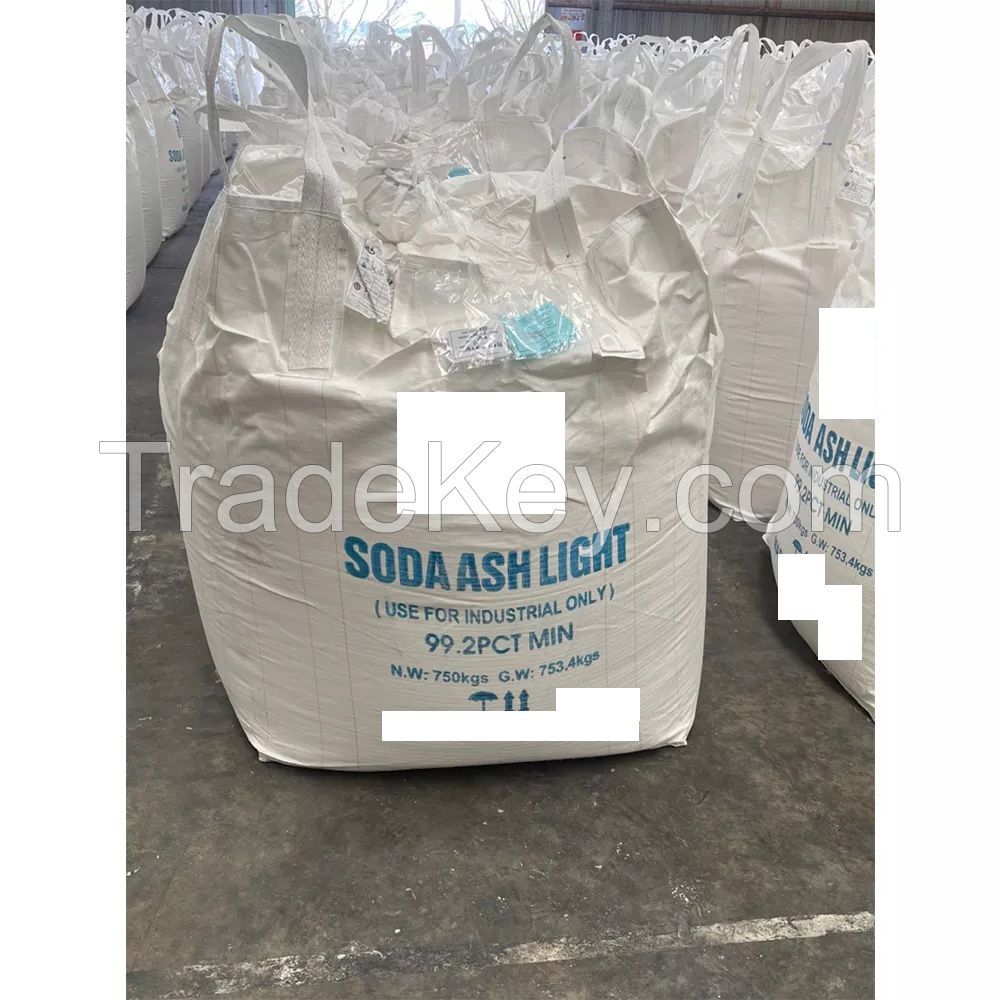
FOB Price
Get Latest Price350 ~ 500 / Metric Ton ( Negotiable )
|Minimum Order
Place of Origin:
-
Price for Minimum Order:
Minimum Order Quantity:
1 Twenty-Foot Container
Packaging Detail:
25kg/40kg/50kg/750kg/1000kg PP woven bag with waterproof PE inner two layers
Delivery Time:
7 to 15 days
Supplying Ability:
200 Metric Ton per Month
Payment Type:
T/T, Western Union, Money Gram, PayPal
連絡先担当者 Mr. Richard
5 Shroggs Rd, Halifax, West Yorkshire
Sodium carbonate naturally occurs in arid regions, especially in mineral sediments formed when seasonal lakes evaporate. Since ancient times, deposits of the mineral natron have been mined in Egypt, from dry lake bottoms. Natron was utilized in the preparation of mummies but also in the early manufacture of glass.
The anhydrous form of sodium carbonate is a rare mineral called natrite. Sodium carbonate also erupts from Tanzanias unique volcano, Ol Doinyo Lengai. It is considered to have erupted from other volcanoes in the past as well, but these minerals have likely been eroded due to their instability on Earths surface.
Sodium carbonate (Na2CO3) has been used for making glass, soap, and gunpowder. Along with potassium carbonate, sodium carbonate was the foundation of the alkali industry, one of the first major chemical industries. Soda ash was also generated by burning wood and percolating the ashes with water. The ashes were lixiviated in order to form an alkali solution. After the water was boiled off, what remained was the yielded soda ash.
The particular name Soda Ash originates from the Barilla plant, used to produce sodium carbonate through the aforementioned process. Its scientific name is salsola soda; however, it goes by the common names of Sodawort or Glasswort, the latter pointing to the use in making glass.
Soda ash is used in glassmaking, in the production of sodium chemicals (sodium chromates, phosphates, and silicates), in the wood pulp industry, manufacturing soaps and detergents, in water softening and refining of oils and nonferrous metals. Its hydrous crystallised form is known as soda crystals, sal soda, or washing soda. Soda ash (Na2CO3) should not be confused with baking soda (sodium hydrogen carbonate or sodium bicarbonate, NaHCO3). The safety specifications for sodium carbonate can be considered less demanding than those for the related bicarbonates, due to its lower alkalinity.